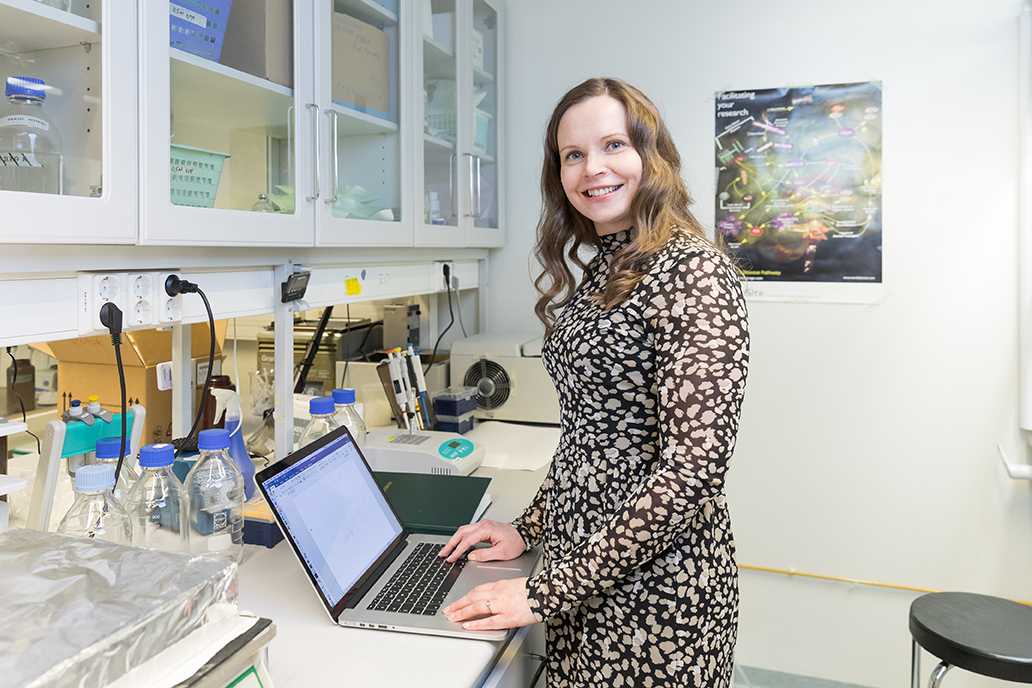Pollution may result in memory decline
The link between air pollution and Alzheimer's disease is being investigated on a cellular level. In 2018, Academy Researcher Katja Kanninen was awarded a 100.000 euro grant as a joint spearhead project of the North Karelia and North Savo regional funds for research dealing with the interplay of air pollutants and Alzheimer's disease.
This joint venture special purpose grant of North Savo and North Karelia is also open for application in the January 2020 round of applications.


Air pollutants in urban areas increase the risk of Alzheimer’s disease. An extensive research project of the University of Eastern Finland is now aiming to uncover, apart from the statistical connection, the influence mechanisms at play on a cellular level.
– In cell cultures using mouse cells, we have noticed that different brain cell types react differently to air pollutants, recounts Associate Professor of Neurobiology Katja Kanninen.
In addition to neurons, the brain contains glial cells that support the nervous system. Microglial cells, or defence cells, remove damaged neurons and external microbes. Astrocytes maintain the physical structure of the brain and the balance of the nervous system.
In tests, glial cells exposed to pollutant particles produce more antioxidants than neurons do, preventing oxidative damage. Glial cells, in particular, react to quite minuscule changes.
– Before, Alzheimer’s disease was mainly examined in relation to neurons, but in recent years the importance of glial cells has become more pronounced. Changes in glial cells directly affect the operation of neurons.
This multidisciplinary project combining four research teams concentrates on the interplay of air pollutants and Alzheimer’s disease from a number of angles.
In tests, living mice have been exposed to air pollutants via their respiratory tract. In these cases, oxidative damage and inflammation responses have been different in the brains of healthy mice compared to those simulating Alzheimer’s disease.
It has also been observed that in cells exposed to pollutants, their mitochondria generate less energy. Mitochondria are organelles that produce, from carbohydrates using oxygen, adenosine triphosphate, which provides the cell its energy.
The influence mechanism is again under investigation: Do air pollutants primarily damage mitochondrial DNA or, for example, parts of the breathing chain? Is damage to mitochondria the cause for the exacerbation of the cell inflammatory state or yet another symptom of the pollutant load?
The spearhead project funded by the Cultural Foundation has expanded into a Europe-wide research consortium. University of Eastern Finland researchers Kanninen, Professor Tarja Malm and Associate Professor Pasi Jalava succeeded in securing research funding from the EU’s Horizon 2020 Programme.
The undertaking involves many research groups and industry partners around Europe. It is coordinated by Jalava. The purpose is to study the effect of emissions on brains more extensively and to generate new ideas for medicine development.
– The project also studies human brain cells. There are many challenges, but from stem cells, it is possible to produce human brain cells for a cell model. In this way, we can get closer to the real situation and see whether the effects of air pollutants are the same as with mice, says Kanninen.


